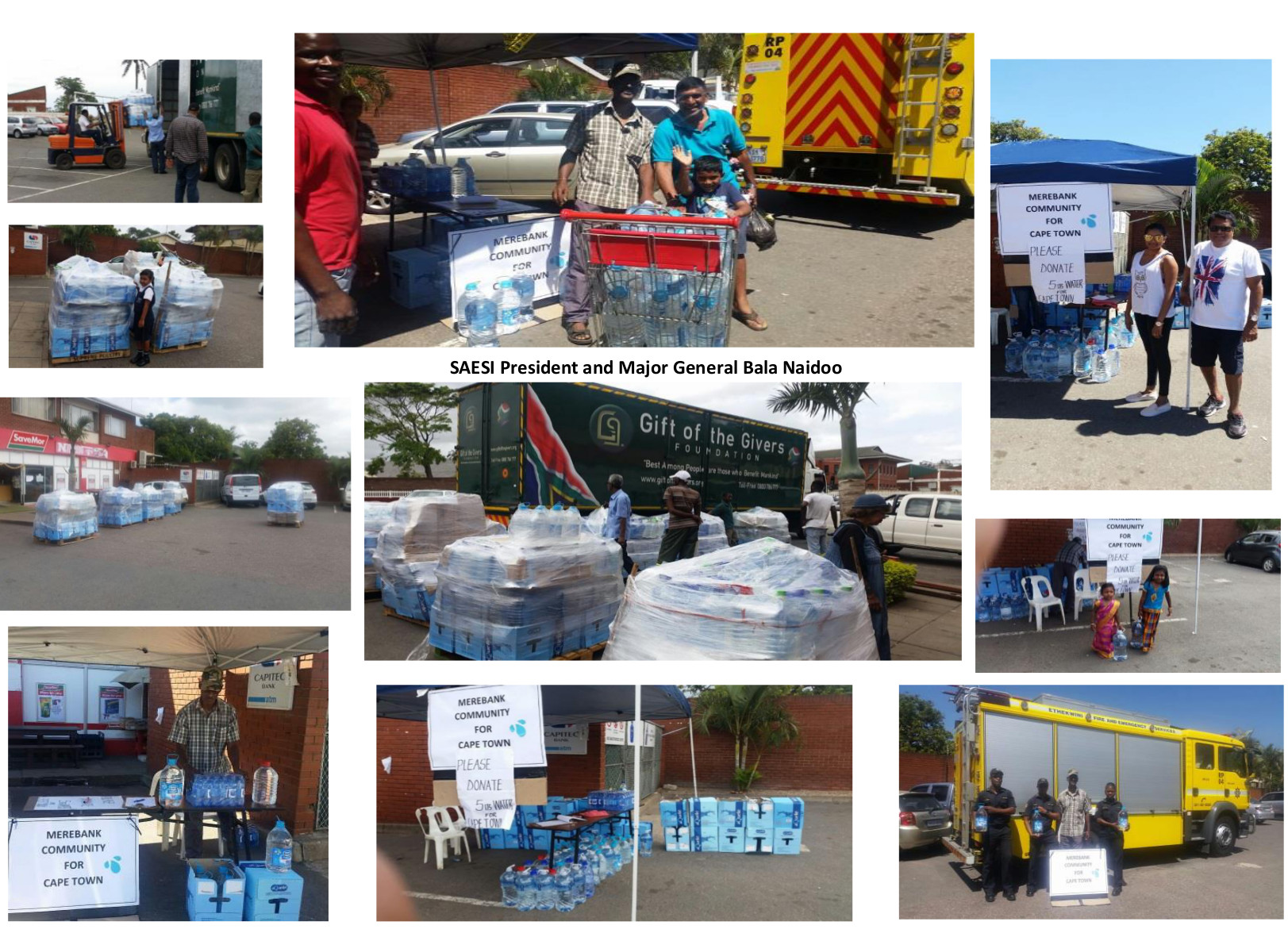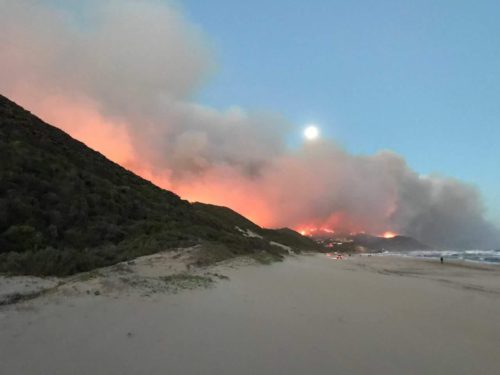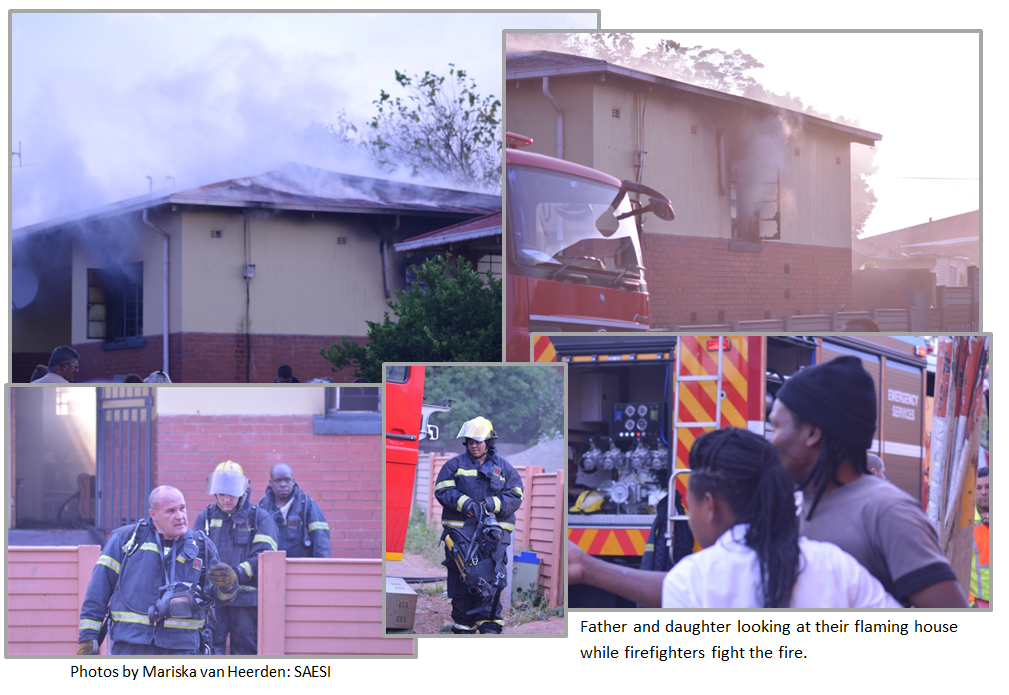IMPORTANT JUDGMENT
This judgment sounds a warning to owners (also municipalities) of pre 1970 built buildings that have not introduced the best practices relating to fire protection introduced by the National Building Regulations
Potgieter sued the University (US) for damages arising out of permanent injuries he sustained in 2007 when, as a 21 year old student at the Eendrag men’s hostel, he had to escape a fire through the window of his top floor room.
It is common cause that Eendrag had no fire stops (or fire walls), or hose reels, and smoke detectors were only installed in the roof void of pitched roofs. The absence of fire stops in the common roof void of Eendrag posed a real and imminent fire risk to the residents of the top floor
Potgieter claimed that the US –
- was obliged to ensure that proper and reasonable measures and procedures were in place, and were implemented, for the safety of students in its hostels,
- was aware of the fire risk
- failed to introduce adequate precautionary steps, especially in the light of other fires at US buildings in previous years
- failed and/or neglected to take reasonable and proper cognisance of the development of best building practices
- failed in numerous respects to implement its own rules in respect of risk management
The US –
- admitted that it was under a legal duty to take and implement adequate and reasonable safety measures to protect occupants of its hostels from the risk of fire and its consequences
- alleged that it took such steps and by adopting a risk management policy under the Occupational Health and Safety Act
In the alternative, the US relied on an indemnity clause contained in Potgieter’s enrolment application to exempt it from any liability. It also pleaded contributory negligence on the part of Potgieter.
Statutory framework
At the time Eendrag was built in 1966 building regulations were prescribed by municipal by-laws. Although the later 1970 Standard Building Regulations and the 1987 National Building Regulations prescribed the installation of fire stops in roof voids for buildings such as Eendrag, they did not apply retrospectively. The National Building Regulations however constituted best building practice.
Legal principles
In order to succeed in his claim Potgieter had to show that the US was guilty of conduct (in the form of an omission) which was negligent, wrongful and the cause of the plaintiff’s injuries. At par 18 – 30 the court explains the legal principles against which the relevant evidence had to be assessed.
Merits
The US made certain important concessions –
(1) it would be vicariously liable for negligent acts and/or omissions of those responsible for the implementation of its risk management system at Eendrag;
(2) after the fire in the roof void and uppermost floor at another hostel in 1983 it reasonably foresaw that such roof fires were a hazard that could lead to loss of life, limb and property; and
(3) at all relevant times it had the financial resources, or access to such resources, to install fire stops, hose reels and smoke detectors in communal areas below ceiling at Eendrag.
The US also abandoned any reliance on contributory negligence
It was also not in dispute –
- that given its realisation of the risk, the US took steps towards making Eendrag (and other buildings) safe, to prevent roof fires and to manage risk, by installing smoke detectors in the roof void coupled to an alarm.
- that the fire was the direct cause of the plaintiff’s injuries.
The central issue for determination was whether or not the steps taken by the defendant in relation to Eendrag were reasonable.
After considering the evidence the court held that Potgieter discharged the onus resting upon him to show that, on a balance of probabilities, the US was negligent.
[146] …… A diligens paterfamilias in the position of the defendant would have foreseen, after the Huis Ten Bosch fire, that its failure to take reasonable steps to guard against a similar occurrence would cause injury to students in its hostels. A diligens paterfamilias in the position of the defendant would also have taken reasonable steps to guard against such an occurrence. The steps taken by the defendant were not reasonable and fell far short of the reasonableness standard, both in relation to the installation of fire safety measures at Eendrag and in the implementation of its own risk management policy, to which it merely paid lip service.
[147] The evidence established that…… the defendant’s failure to take reasonable steps caused the plaintiff injuries.
[148] The defendant’s conduct was also wrongful
The court also found that there was no merit in this defence based on the indemnity clause.
Potgieter’s claim succeeded.




